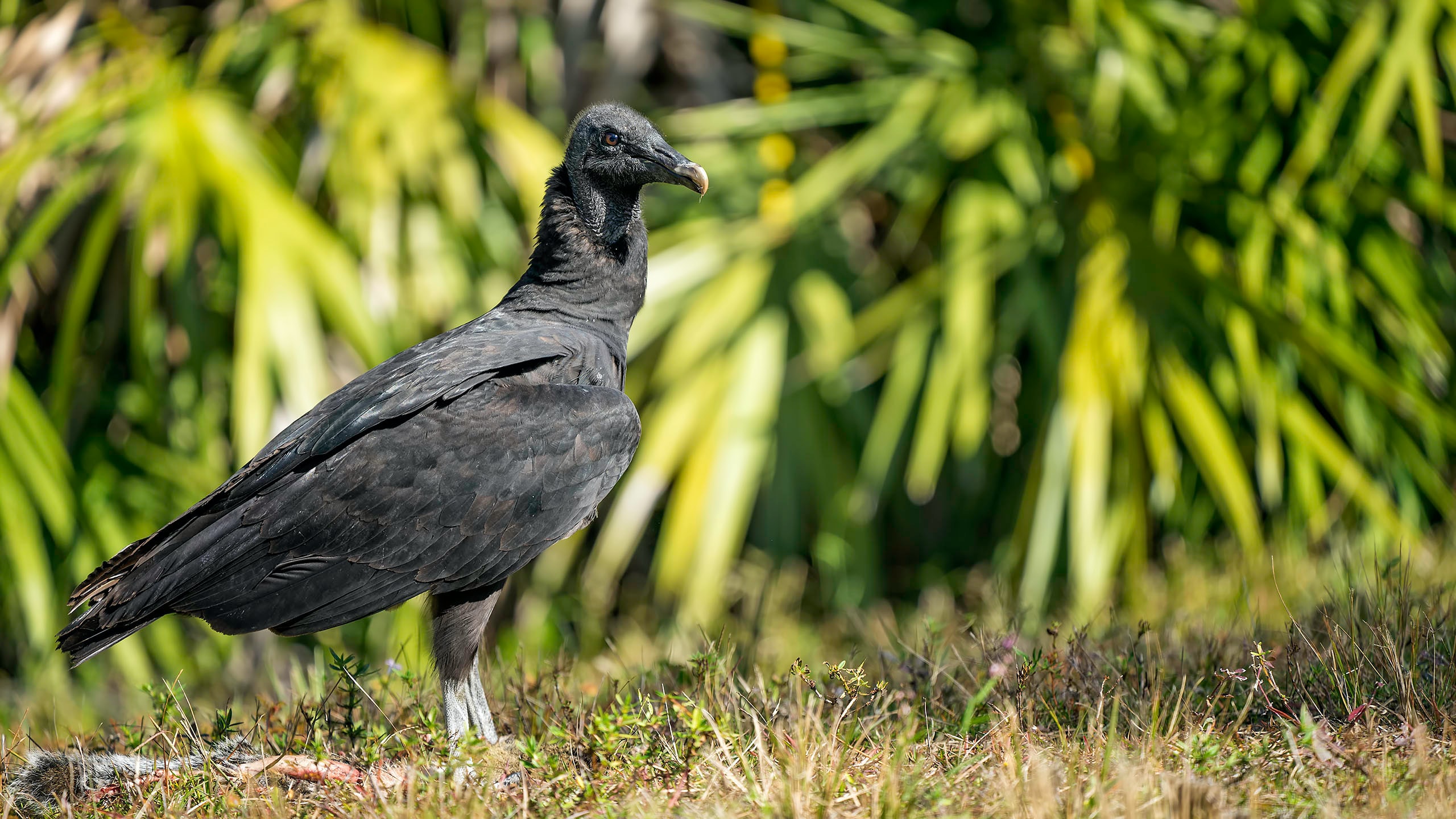Missouri’s rising temperatures draw black vulture populations north

Over the past few years, the range of black vulture populations has continued expanding northward, leading to conflict between these birds of prey and surprised farmers and recreationalists.
Since temperatures are forecast to continue rising steadily as a result of climate change, Missourians need to remain aware of animal husbandry techniques that reduce the likelihood of conflict with the mischievous scavengers.
“It’s impossible to say how far their range will expand, but if temperatures continue to warm it’s likely they’ll continue to move north,” Sarah Kendrick, State Ornithologist at the Missouri Department of Conservation said.
Over the next century, the Midwest is projected to have a more pronounced increase in warm-season temperatures than any other region in the United States. The warm season is expected to increase up to a month by the late century (2070-2099), according to the Fourth National Climate Assessment. By the mid-21st century (2036-2055), northern Minnesota is projected to inch toward the average annual five-day maximum temperature that southern Missouri experienced last century.
By 2070-2099, Chicago may experience as many as 60 days above 100 degrees fahrenheit each year. “Conditions could be more typical of present day Las-Vegas than Chicago,” the assessment notes.
New and hungry black vulture populations have already resulted in more aggressive predation of vulnerable livestock, like newborn sheep and calves, creating an uproar with farmers unaccustomed to living alongside these predators. Unlike their red-headed turkey vulture counterparts, which almost exclusively eat carrion and garbage, black vultures eat live animals.
The species can also be a nuisance to landowners and people parked near areas where they roost. Travis Guerrant, a certified wildlife biologist with the United States Department of Agriculture, said they often peck at and tear up shingles and rubber gaskets on windows and roofs where they congregate. Piers, docks and other areas where people fish sometimes draw the birds in, he said, explaining that they’ve been known to attack the windshield wipers on nearby vehicles.
Guerrant explained, however, that concerned farmers can begin habitat management practices to prevent vulture predation, wherein most conflicts can be avoided.
“Don’t do calf pastures near cell towers, dead trees, or other areas where they can roost,” Guerrant advised. He said if that doesn’t deter nuisance birds, harassment with pyrotechnics, lasers, and propane cannons can serve as an alternative to lethal management. USDA Wildlife Services has a hotline for those affected by vulture attacks on livestock, and nuisance birds may be killed in certain scenarios, after obtaining a United States Fish and Wildlife Service permit, where other methods are ineffective.
In cases where lethal measures are employed, the USDA works to ensure minimal impact on the vulture population by killing one or two birds and leaving the body out —an effigy to deter others.
Guerrant also said that the range expansion of black vultures won’t necessarily displace existing turkey vultures, though these two species occasionally come to blows at feeding sites where black vultures tend to be more aggressive.
“I’ve seen them roost in the same trees, circling in the same flocks, so it’s not to say they don’t get along,” Guerrant said, noting that they coexist fairly well in areas where their ranges overlap.
It’s crucial to ensure that vultures are able to coexist with humans in order to fulfill essential ecological roles like waste disposal and disease neutralization that affect both wildlife and human health, Kendrick said.
“Vultures have highly acidic stomachs that are able to metabolize diseases like rabies, botulism, and leprosy,” Kendrick said, emphasizing the value of vultures in removing diseases from the landscape.
As an example of what can happen when vulture populations are compromised, Kendrick cited the worsening of rabies in India due to diclofenac poisoning during the 1990s. 99% of the subcontinent’s four vulture species were killed from consuming the carcasses of cattle that had received the drug, and populations are still recovering. Studies have shown that because of the decline in vultures, feral dog populations expanded, replacing vultures, and rabies transmission increased greatly. The resulting health crisis cost the government billions of dollars to address.
In Missouri, black vulture populations are expected to continue to expand northward.
“Given the amount of roadkill we tend to see on the roads I don’t think there’s a shortage of food for them,” Guerrant said.
The wings and tails of turkey vultures are longer than those of black vultures, though their body sizes are roughly the same. Xander Negozio/Missouri Information Corps
